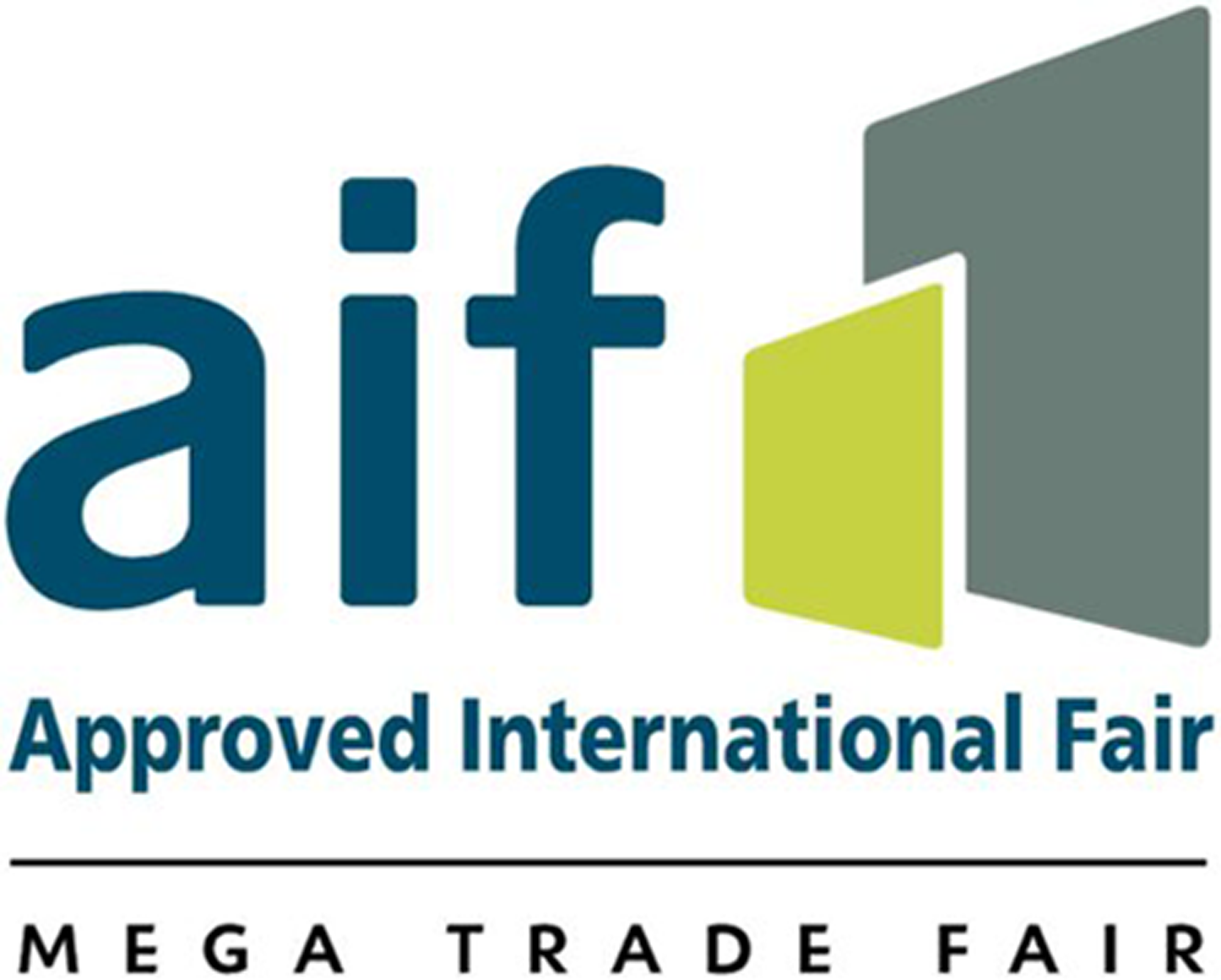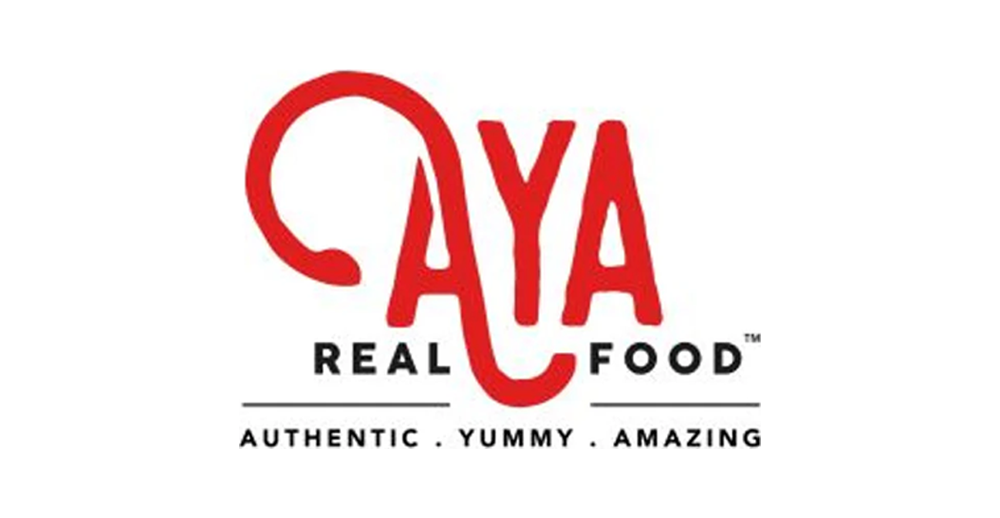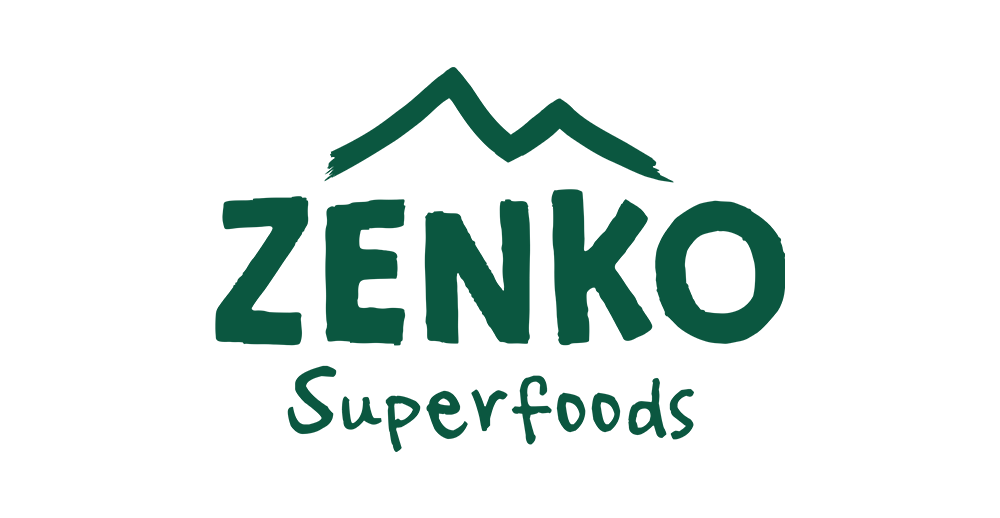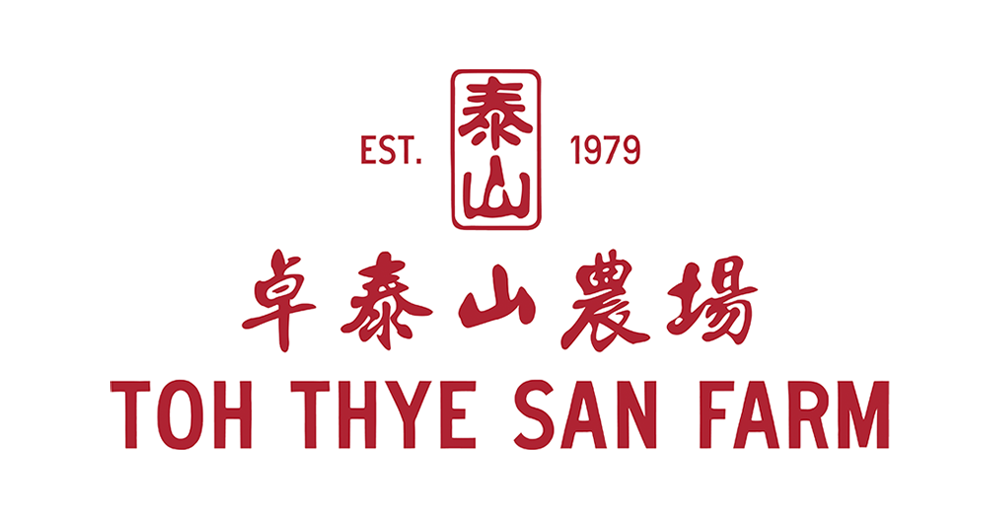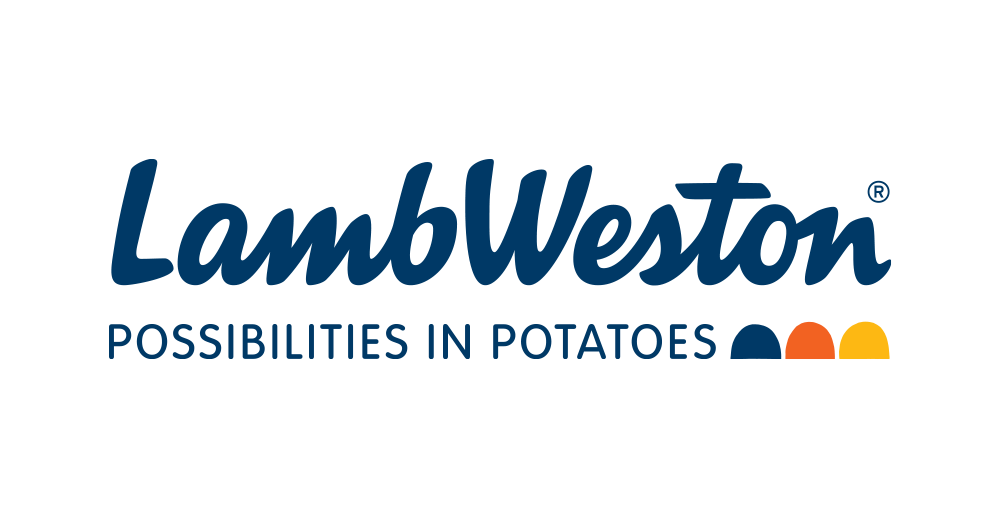As the next generation comes of age, brands are presented with a unique opportunity to captivate the minds and taste buds of Gen Z in Asia-Pacific. This cohort is poised to account for a quarter of APAC’s consumer base by 2025, with their average gross income expected to grow by 135% from 2023 to 2040, according to Euromonitor. For food and drink brands, the message is clear: it’s time to adapt to their diverse tastes and cultural nuances to thrive in this evolving landscape.
Rewriting the Rules: Gen Z’s Cultural Confidence
Gen Z in APAC is redefining engagement across multiple fronts. Embracing the region’s rich cultural capital, this generation is focused on self-definition rooted in Asia’s locality. They have become more confident in who they are and what they love. This confidence is driving them to spend significantly on regionally inspired passions and hobbies, signalling a shift in cultural priorities.
In the coming years, Gen Z in Asia will start organising their lives around their niche hobbies and interests, from the Niche Sports Boom and Cult of Cute to gaming and music. Among these, regional tastemakers and homegrown cultural products are set to define the mainstream, replacing traditional West-to-East cultural flows.
Strategies for Success: Feeding the Fandom
For Gen Z in Asia, fandoms are more than just hobbies; they are a form of escapism and community. As global pop cultures continue to influence consumer cravings for food and drink, brands have the opportunity to evoke these desires through regional flavours. Look beyond South Korea’s Hallyu (K-wave), which will continue to be a cultural powerhouse, to Thai pop, C-dramas (Chinese dramas) and Bollywood, which are making inroads into the mainstream.
Brands should cater to cravings evoked by what consumers see on screen. According to SCMP, Korean food exports to China rose 5.2% to $1.1bn in 2024 compared to the previous year, making China the third-largest market after Southeast Asia and the US, led by ramyeon and rice-based convenience foods like kimbap and tteokbokki, showcased in K-dramas.
To connect with these niche communities, brands can create products that offer personal expression and connection. Singapore’s bubble tea chain LiHO delighted fans with two new summer peach flavours inspired by popular anime characters, featuring collectible colour-changing cups. Also, K-pop group New Jeans partnered with McDonald’s Singapore to launch a K-Sweet & Spicy Chicken McCrispy, with packaging displaying bunny motifs symbolic of their fandom. Mars Wrigley’s Chinese chewing gum line Respawn targets e-gamers, using gamepad shapes and ingredients like vitamins B1, B2, and green tea extract to boost focus.
Crafting the Future
With seven in 10 TikTok users in Southeast Asia anticipating increased expenditure on K-food and K-beauty by 2025, the time is ripe for brands to innovate and align with Gen Z’s new priorities. By understanding their preferences and crafting products that resonate with their lifestyles, brands can forge deep connections and become a part of APAC’s new mainstream.
The future of food and drink lies in the hands of Gen Z, and the potential for growth is immense. Are you ready to discover more about this dynamic cohort? For more insights, download our sample report – Key Trend 2025/26: APAC Gen Z Food & Drink Priorities.








